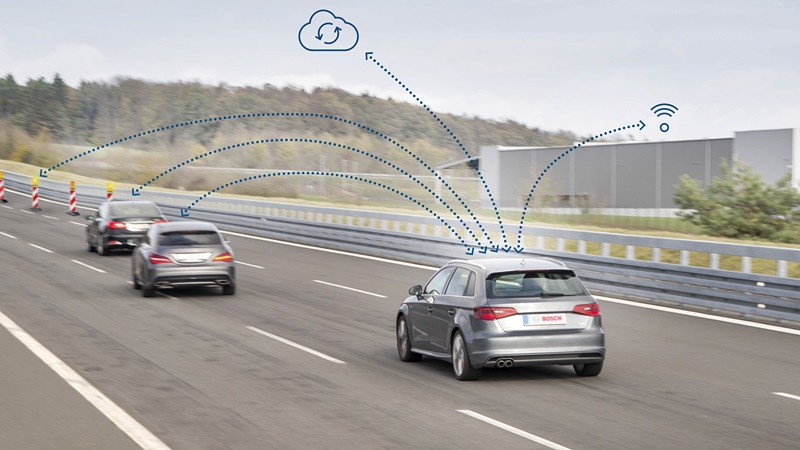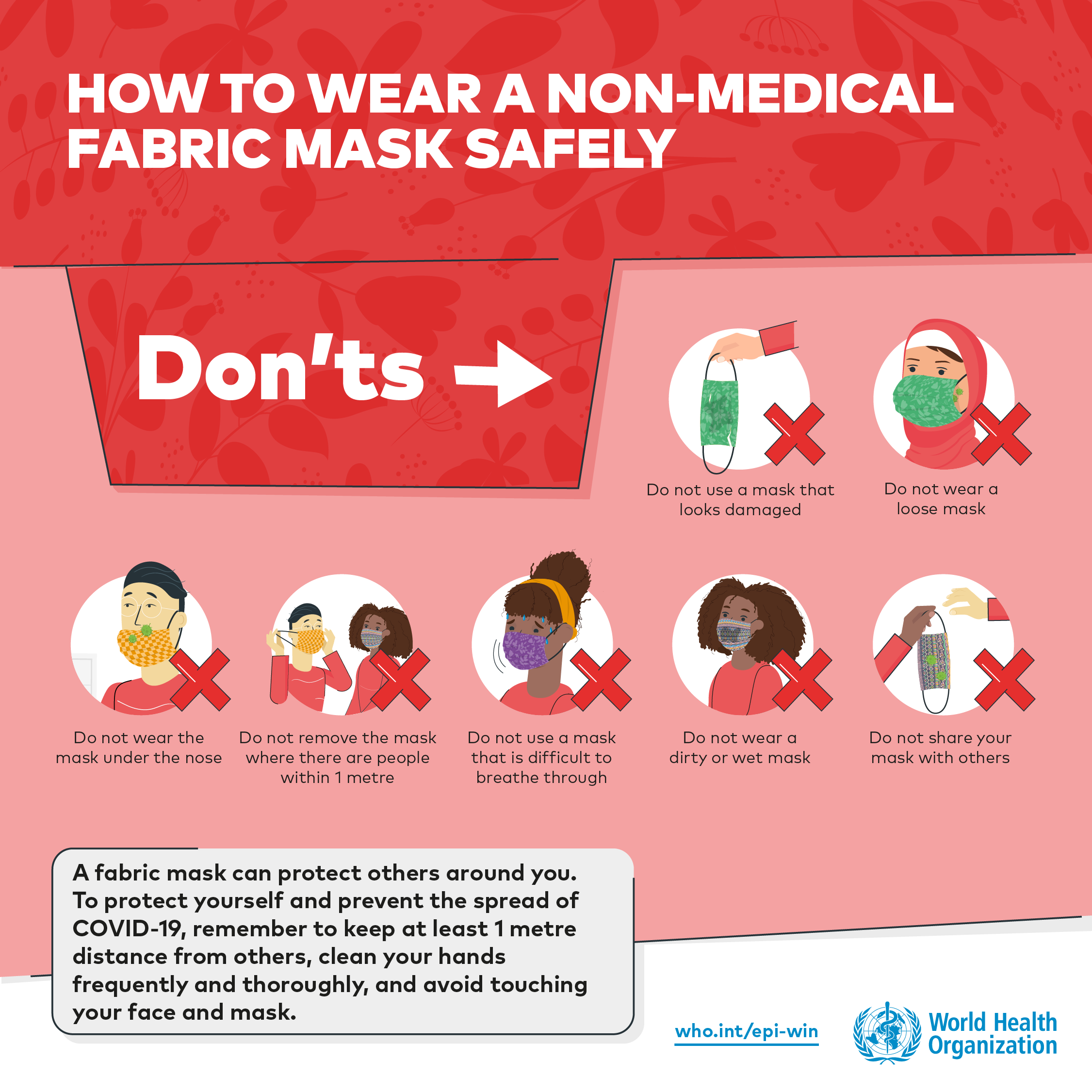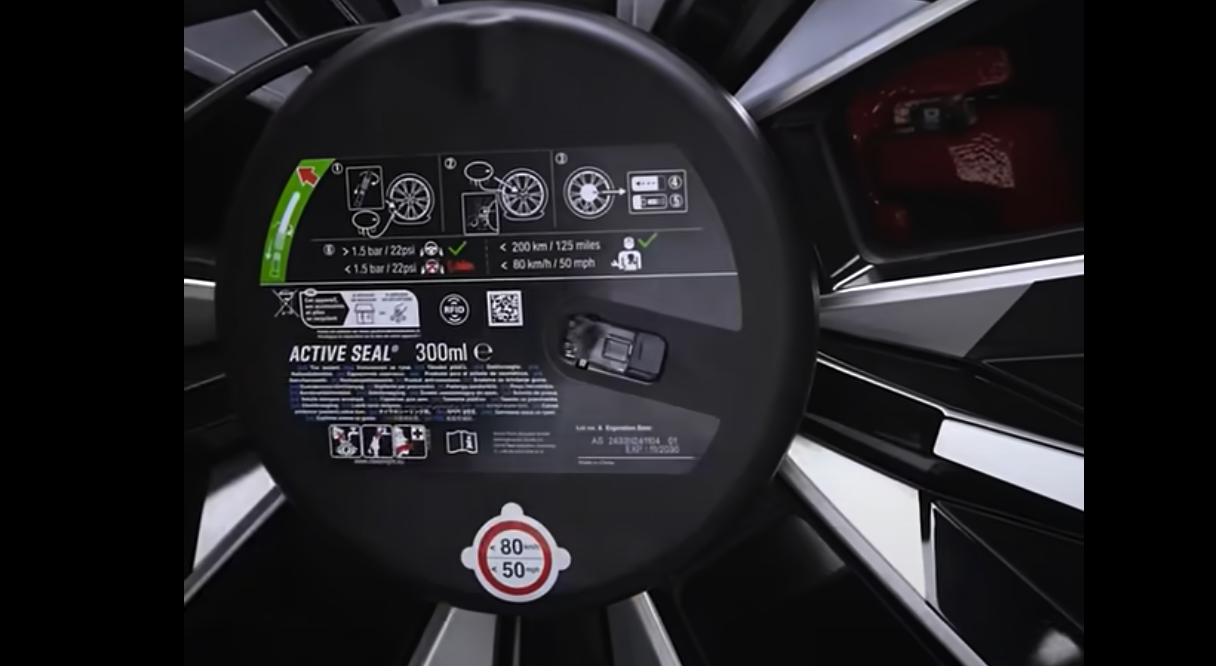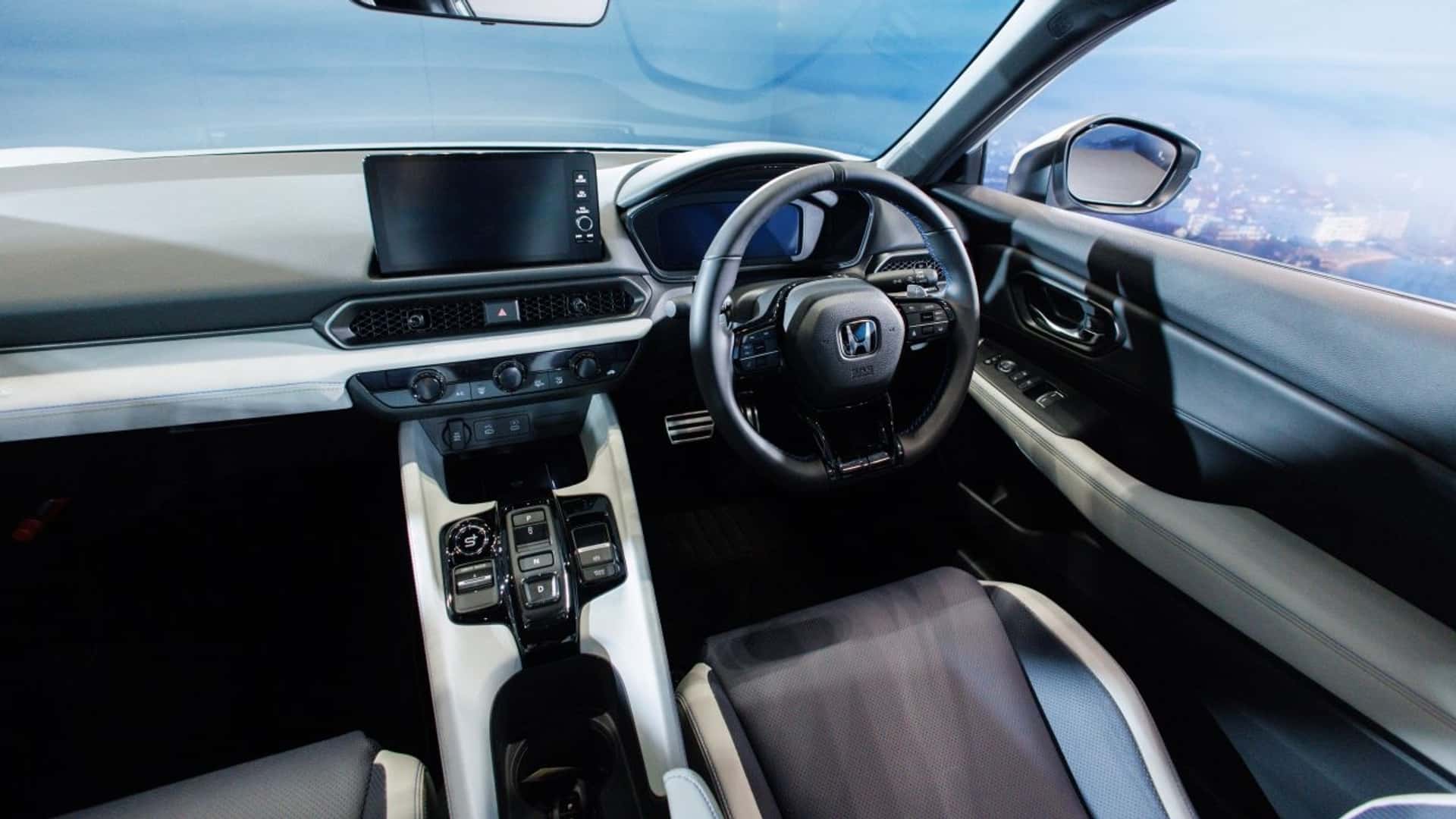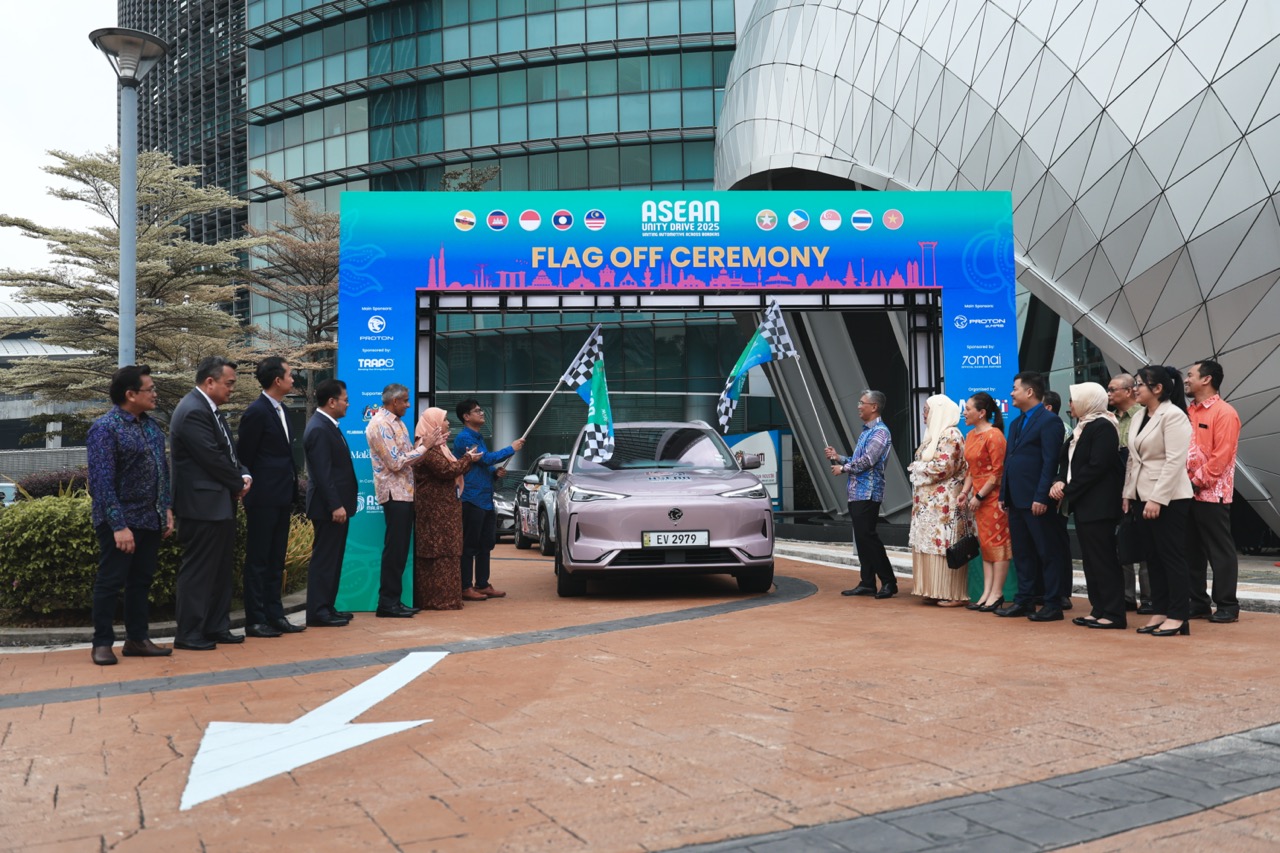Normally, if a vehicle breaks down and poses a danger to other vehicles because it is in the middle of the road, a responsible owner may run further back to warn approaching drivers, especially if there is a blind corner. Unfortunately, not many do that, so there is a high risk of an accident.
What if there is a system whereby approaching drivers can be warned of such a danger even before they see it? They would then be able to slow down and avoid turning a vehicle breakdown into a possible tragedy with a serious accident.
Such a system has already been developed and is being used in Europe. It is the result of the Data for Road Safety initiative backed by the European Community (EC) and partners include BMW, Ford Mercedes-Benz, Volvo, TomTom, HERE Technologies, and EU traffic management centres. The agreement for the partnership follows a 16-month proof of concept during which tens of millions of Safety‑Related Traffic Information (SRTI) messages – such as broken-down vehicles, slippery roads or reduced visibility – were exchanged between different vehicles.
Anonymised data from the vehicle, such as use of foglights, emergency braking or airbag activation, is computed onboard to determine the presence and location of potential hazards. These warning messages are sent and distributed to SRTI partners who collate hazard messages from various sources and then share with multiple vehicle brands.
Any relevant SRTI messages are immediately sent – again, using cellular communications – to vehicles in the vicinity of the potential hazard and appear on the driver’s dashboard display. As well as warning other drivers, the information can be used to alert emergency services, providing accurate location data in seconds to help accelerate assistance.
“The Data for Road Safety ecosystem is a public-private partnership that delivers enriched data to improve road safety in a very tangible way, so it is a win-win situation for society as a whole,” said Joost Vantomme, chairman of the new SRTI ecosystem. “The vehicle manufacturers participating in the project are willing to share data on a daily basis, and will continue their endeavours to contribute to the SRTI data ecosystem, together with all partners.”
In the case of Ford, its system known as Local Hazard Information (LHI) was introduced in early 2020 and is now being enabled on new models in Europe. LHI connected car technology warns other drivers of Ford vehicles (which have the system) of safety incidents and can also connect to vehicles of multiple brands.
This means many vehicles on the roads can send out advance warnings of potentially dangerous driving conditions on the road ahead. This will help improve road safety by enabling more drivers to prepare for dangers ahead.
“Connected vehicles help drivers to anticipate hazards that may be lurking just around the next bend,” said Peter Geffers, manager, Connected Vehicles, Ford of Europe. “Road-safety data-sharing ecosystems are more effective the more vehicles and telematics sources they include, extending the benefits of this technology to those who do not drive Ford cars represents a significant step forward.”




